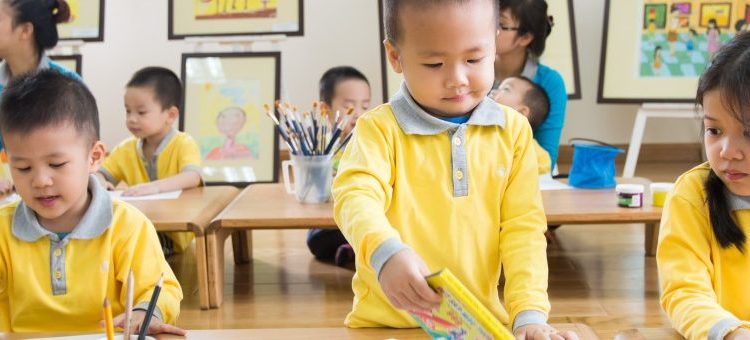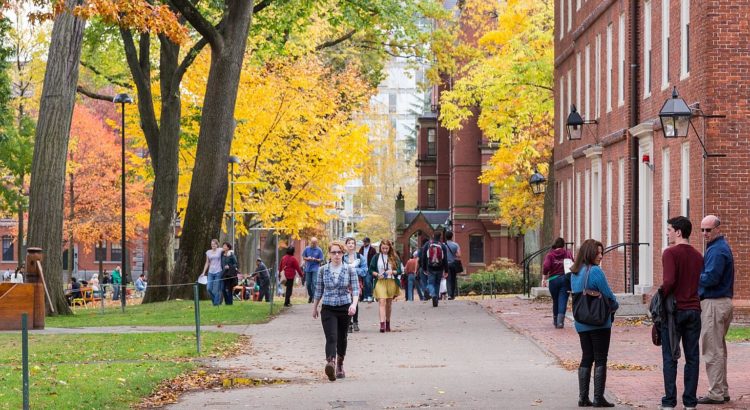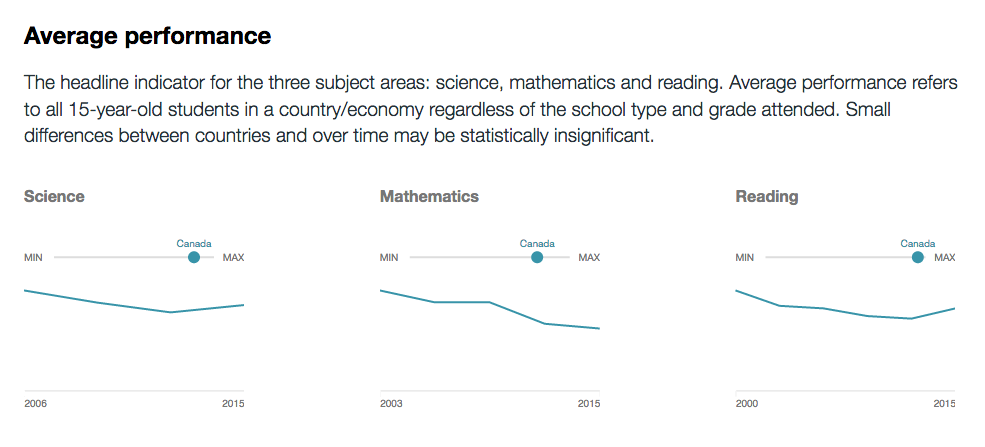Estados Unidos/Agosto de 2017/Fuente: Straitstimes
Resumen: Hace más de una década, conversé con personas de la tercera edad en la Escuela Preparatoria Hunter en la ciudad de Nueva York sobre sus perspectivas de ingreso a la universidad. Una mujer me dijo que había anotado 1.530 de un máximo de 1.600 en el SAT. Cuando la felicité, dijo que su puntuación era lo que ella y sus amigos llamaban «un fracaso asiático». Ella predijo que no sería suficiente para entrar en su escuela de ensueño, Yale. Al día siguiente, supo que Yale la había rechazado. Recordé nuestra conversación cuando leí que el Departamento de Justicia planea investigar una queja de organizaciones asiático-estadounidenses de que Harvard discrimina contra ellos dando una ventaja a otras minorías raciales. Mi respuesta inmediata fue: la víctima correcta, culpable equivocado.
More than a decade ago, I chatted with Asian-American seniors at Hunter College High School in New York City about their college admission prospects. One woman told me she had scored 1,530 out of a maximum 1,600 on the SAT. When I congratulated her, she said her score was what she and her friends called «an Asian fail».
She predicted it would not be enough to get into her dream school, Yale. The next day, she learnt that Yale had rejected her.
I remembered our conversation when I read that the Justice Department plans to investigate a complaint by Asian-American organisations that Harvard discriminates against them by giving an edge to other racial minorities. My immediate response was: right victim, wrong culprit.
Asian-Americans are indeed treated unfairly in admissions, but affirmative action is a convenient scapegoat for those who seek to pit minority groups against one another.
A more logical target would be «the preferences of privilege», as I called them in my 2006 book, The Price Of Admission. These policies elevate predominantly white, affluent applicants: children of alumni, big non-alumni donors, politicians and celebrities, as well as recruited athletes in upper-crust sports like golf, sailing, horseback riding, rowing and even, at some colleges, polo. The number of whites enjoying the preferences of privilege, I concluded, outweighed the number of minorities aided by affirmative action.
By giving more slots to already advantaged students, these preferences displace more deserving candidates from other backgrounds, including Asian-Americans and middle-class whites, without achieving the goals of affirmative action, such as diversity and redressing historical discrimination.
Mr Jared Kushner, President Donald Trump’s son-in-law and senior adviser, has become the poster boy for this practice. As I reported in my book, Harvard accepted Mr Kushner after receiving a US$2.5 million pledge from his father, a real-estate developer and New York University graduate. While sources at Mr Kushner’s high school told me he was not near the top of his class and did not always take the most challenging courses, a spokesman for Kushner Companies has described him as «an excellent student» and denied that his father’s gift was intended to improve his chances of admission.
In my book, I described Asian-Americans as «the new Jews». Like Jews before the 1960s, whose Ivy League enrolment was restricted by quotas, Asian-Americans are over-represented at selective colleges compared with their United States population, but are short-changed relative to their academic performance.
Much as Ivy League administrators once justified anti-Jewish policies with ethnic stereotypes, so Asian-Americans, I found, were typecast in college admissions offices. Asked why Massachusetts Institute of Technology had turned down one high-achieving Korean-American youth, the then dean of admissions told me it was possible that he «looked like a thousand other Korean kids with the exact same profile of grades and activities and temperament. My guess is that he just was not involved or interesting enough to surface to the top».
My research indicated that college admissions officers tended to compare stellar Asian-American candidates with one another, rather than with the rest of the applicant pool.
The result at some universities amounted to an informal quota system, with the percentage of Asian-Americans admitted as freshmen changing little from year to year. The proportion at Harvard, which long hovered below 20 per cent, has gradually climbed to 22.2 per cent for the class of 2021.
Who takes the places of the spurned Asians?
As far back as 1990, an investigation of Harvard by the US Department of Education’s Office for Civil Rights pointed to recipients of so-called «white affirmative action». Harvard admitted Asian-American applicants «at a significantly lower rate than white applicants» despite their «slightly stronger» SAT scores and grades, it found.
Accounting for most of the admissions gap was «preference given to legacies and recruited athletes – groups that are predominantly white». In that era, Asian-Americans comprised 15.7 per cent of all Harvard applicants, but only 3.5 per cent of alumni children and 4.1 per cent of recruited athletes.
Unlike affirmative action, the preferences of privilege are not inherently race-based, which makes it tougher to challenge them legally.
When I was researching my book in the early 2000s, several admissions deans assured me that the ranks of alumni children would become more diverse in the future as the children of minorities who gained access to elite universities with the advent of affirmative action attained college age. But that does not seem to have happened.
Based on a Harvard Crimson survey of freshmen entering Harvard last year, legacies remain a largely homogeneous group. They made up 15 per cent of the student body, but 26.6 per cent of those whose parents had a combined annual income of US$500,000 (S$680,700) or more. Two-thirds of these students said family members had attended Harvard. Of freshmen who identified themselves as white, 35 per cent said that a family member had gone to Harvard as an undergraduate.
Meanwhile, the practice of giving admissions breaks to children of current or prospective donors has only intensified. With other sources of revenue failing to keep pace with costs – the pace of tuition increases is declining, as is the percentage of alumni who donate to the country’s top 20 schools – universities are more dependent than ever on major givers, and thus under more pressure to accept their children. In 2015 alone, seven individuals made gifts of more than US$100 million apiece to higher education, including one bequest.
«Recognising that the market is more competitive and that we are constrained in our ability to raise prices, we are going to be more dependent on philanthropy,» Dr Donald Heller, provost and vice-president of academic affairs at the University of San Francisco, told me. «That means there’s probably more pressure on admissions offices around legacies and development admits» – applicants recommended by the development (that is, fund-raising) office.
In an era of widening economic and social inequity, and of backlash against minority groups, the way to open more slots for outstanding Asian-American applicants is not to ban affirmative action.
A better approach for eliminating the «Asian fail» is to curtail preferences for rich whites.
Fuente: http://www.straitstimes.com/world/united-states/blame-rich-whites-for-asian-fail-at-top-schools













 Users Today : 186
Users Today : 186 Total Users : 35459781
Total Users : 35459781 Views Today : 346
Views Today : 346 Total views : 3418318
Total views : 3418318